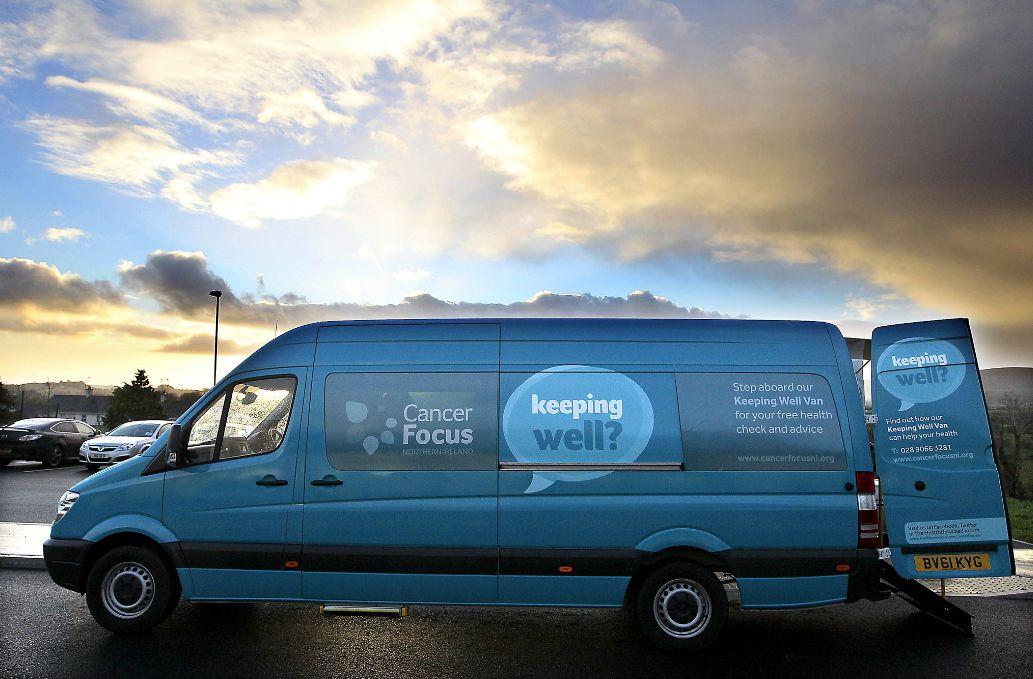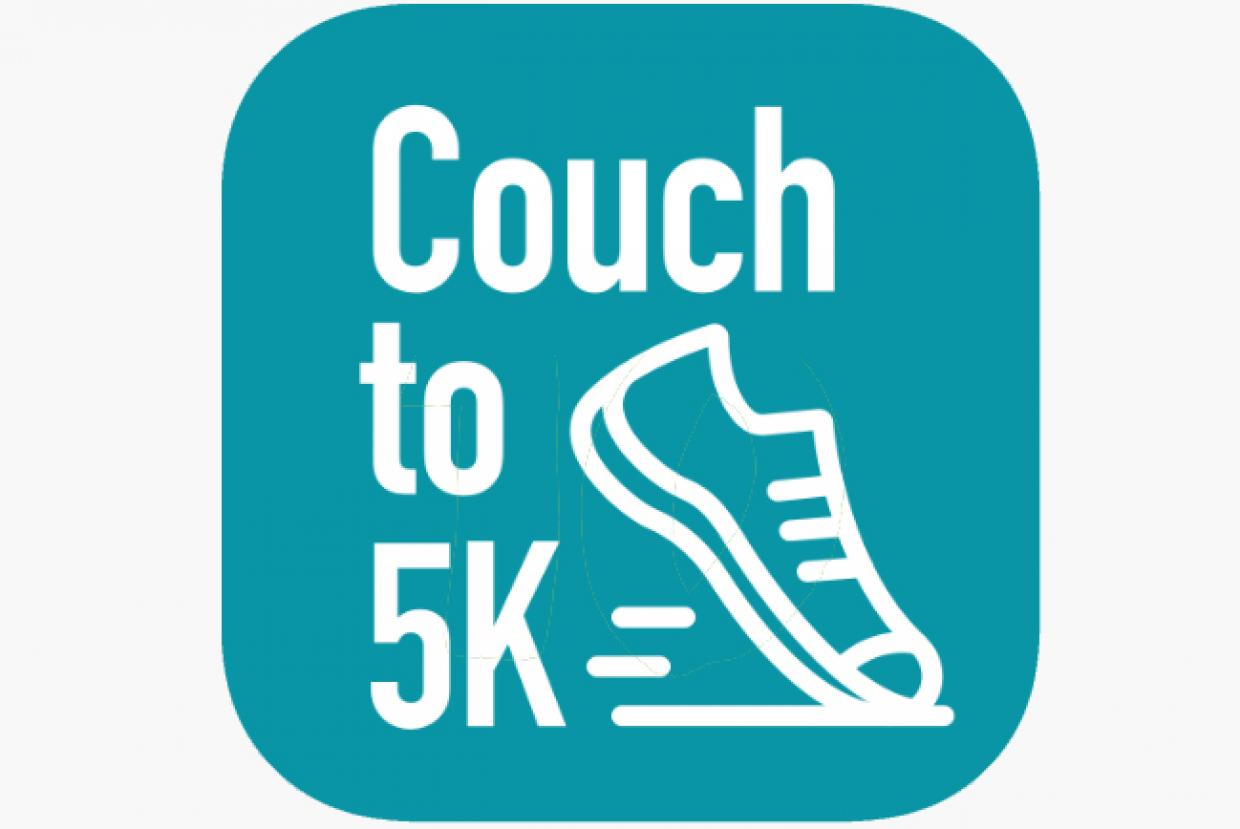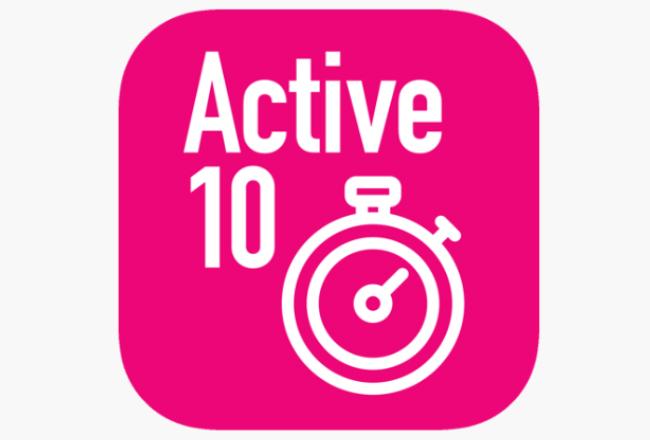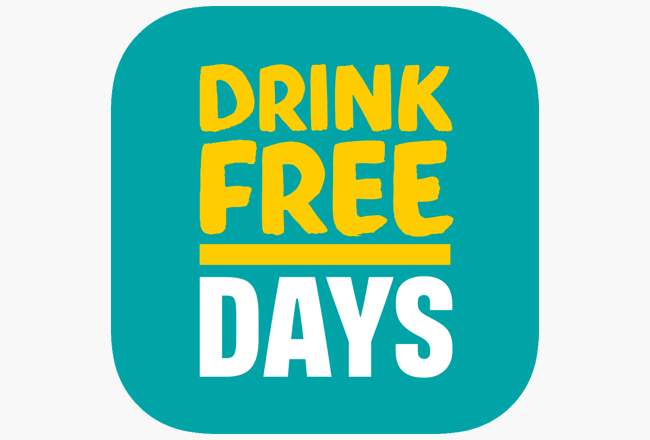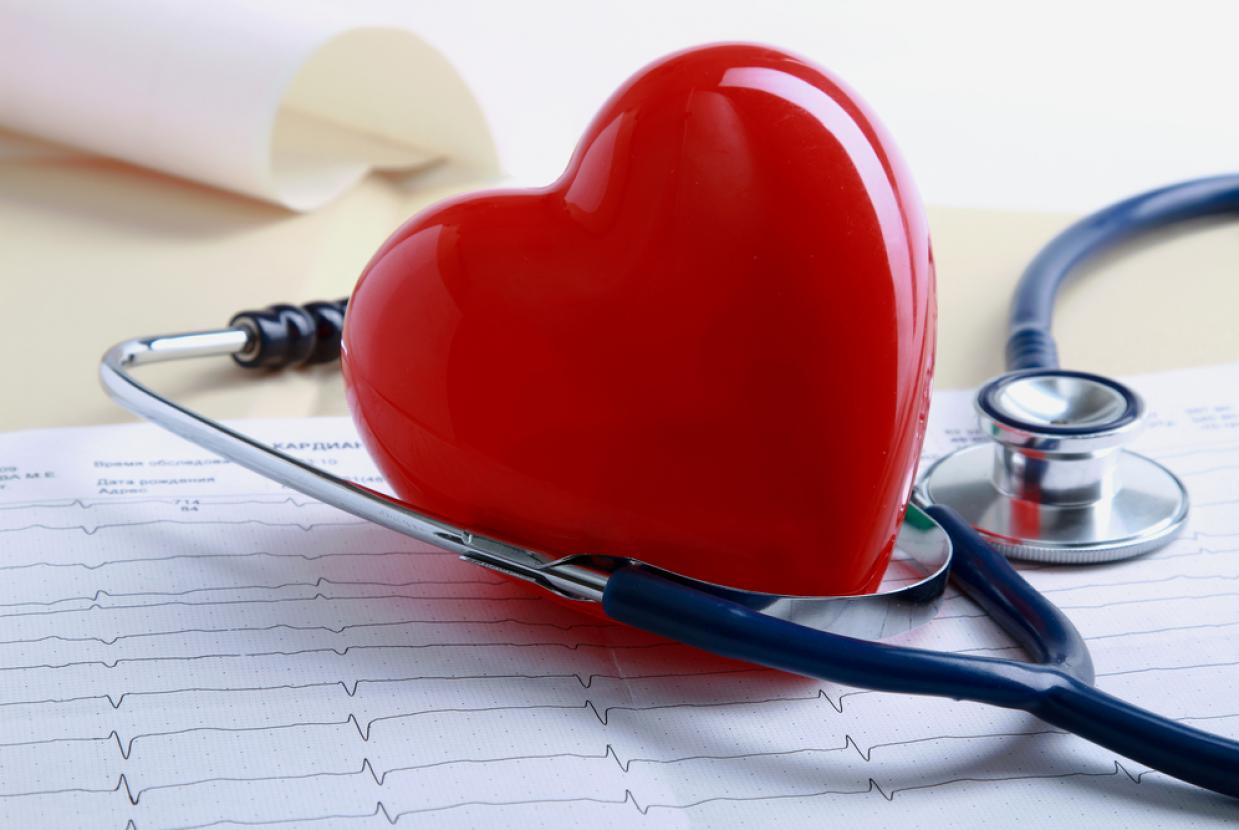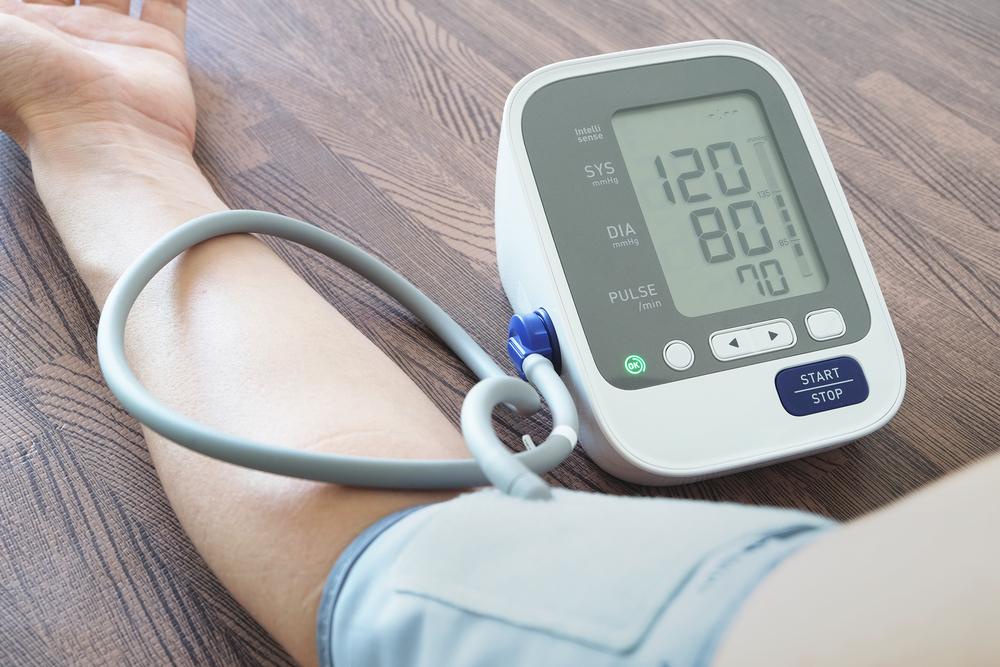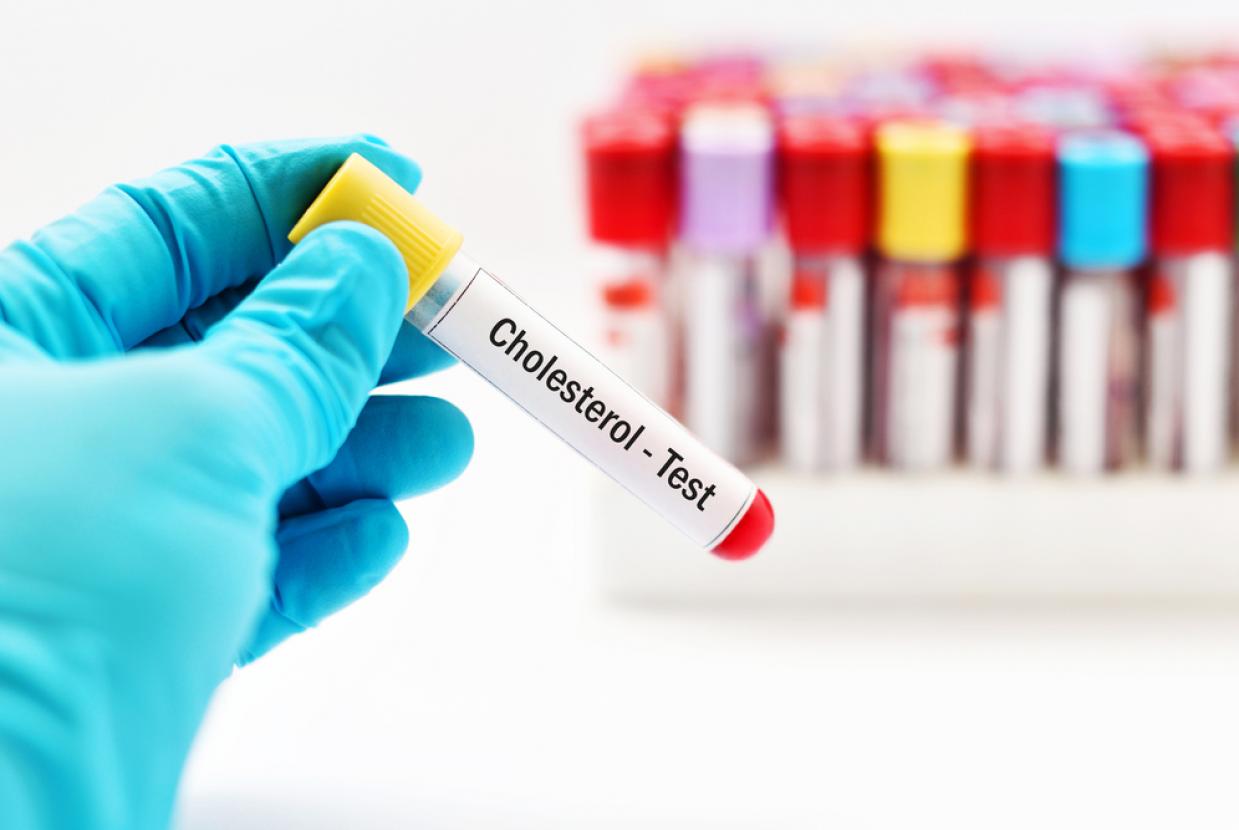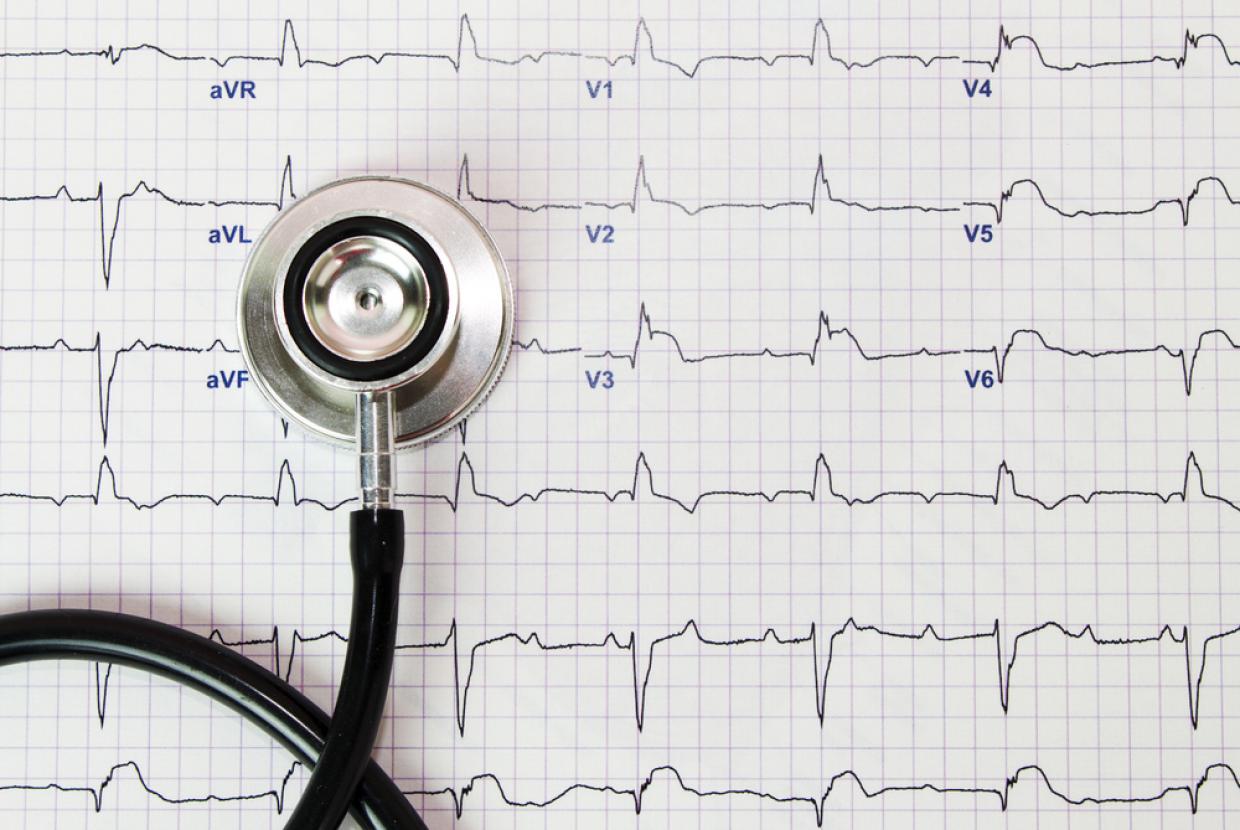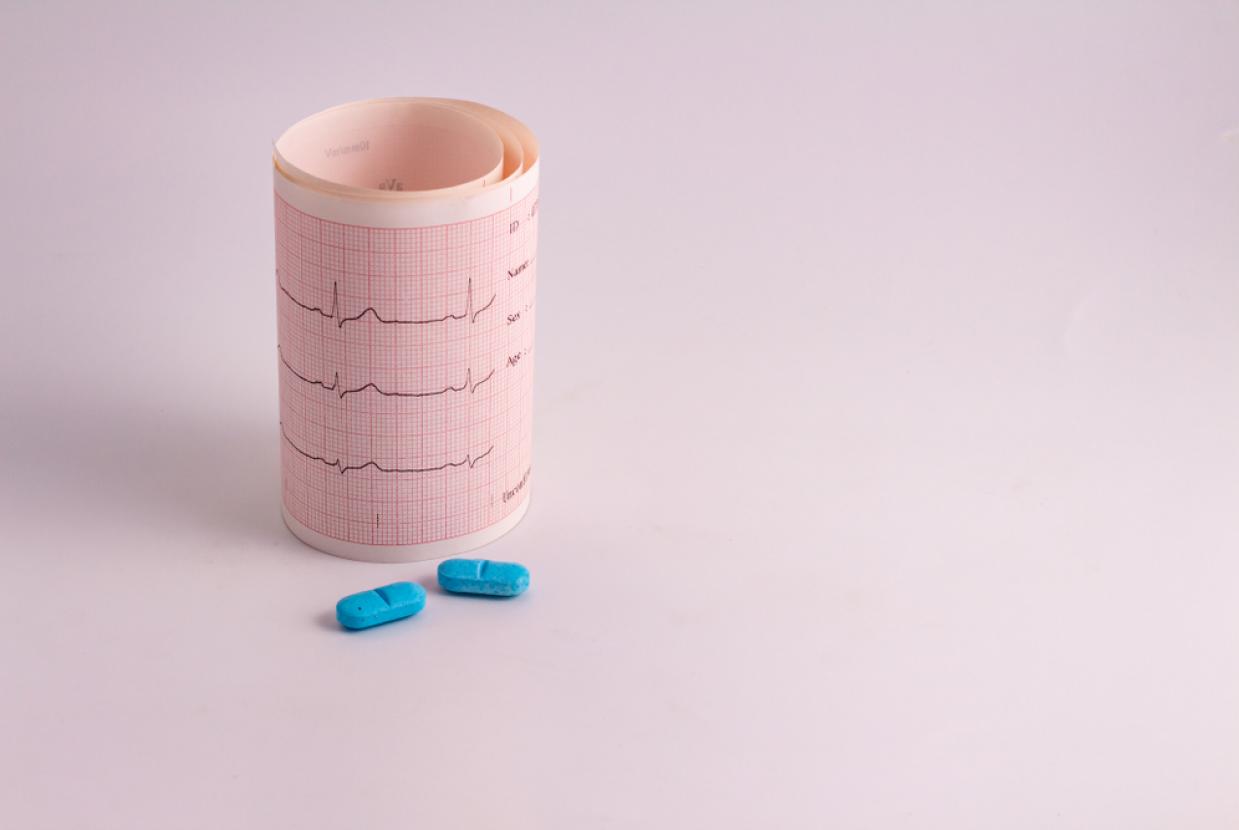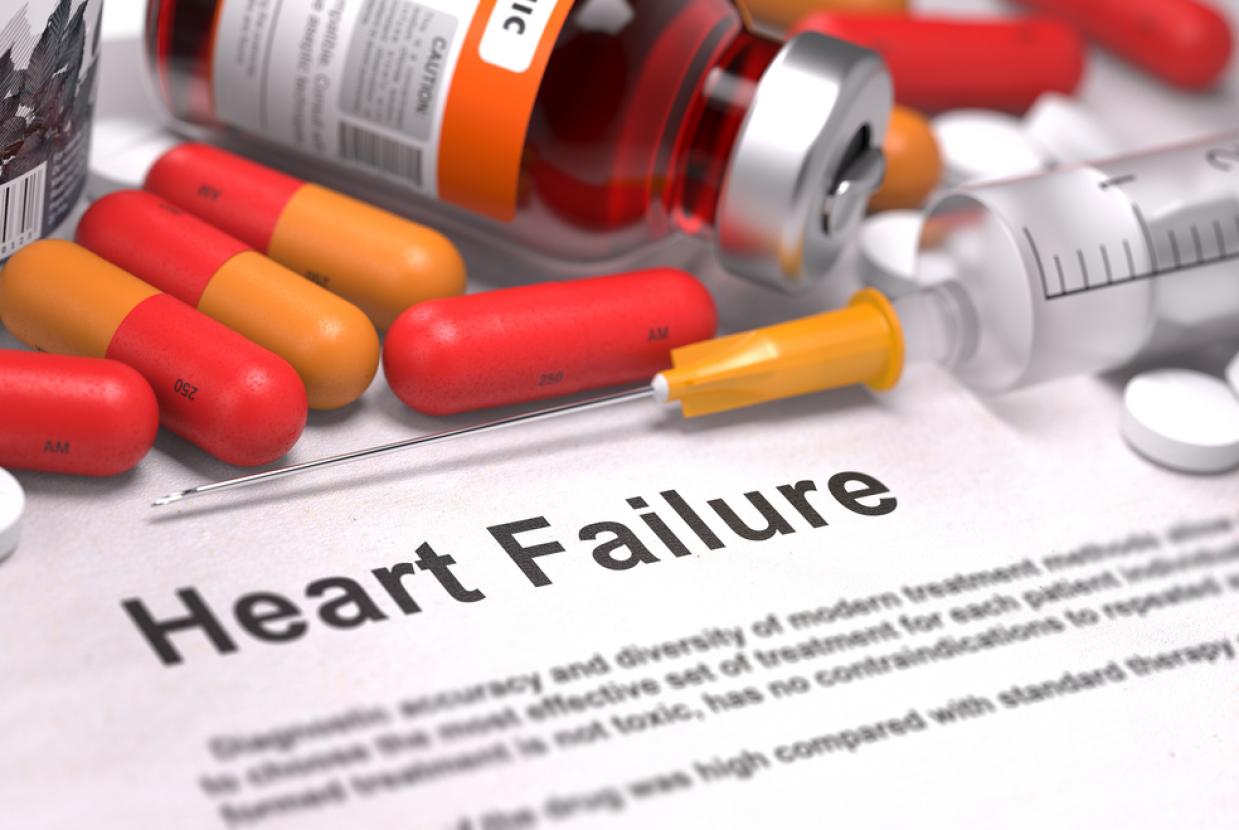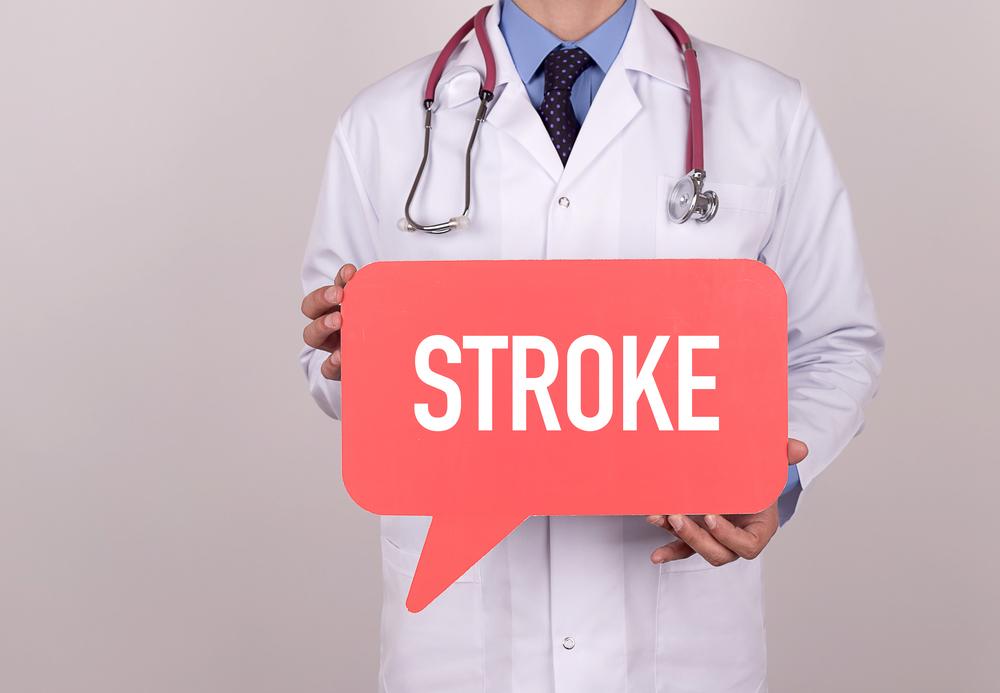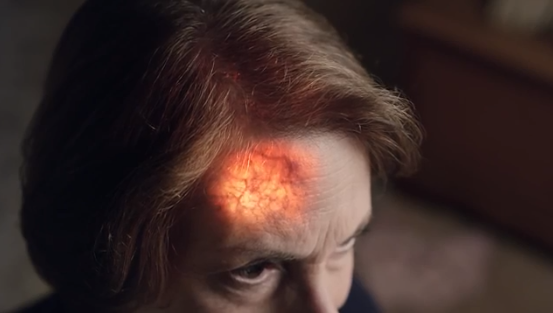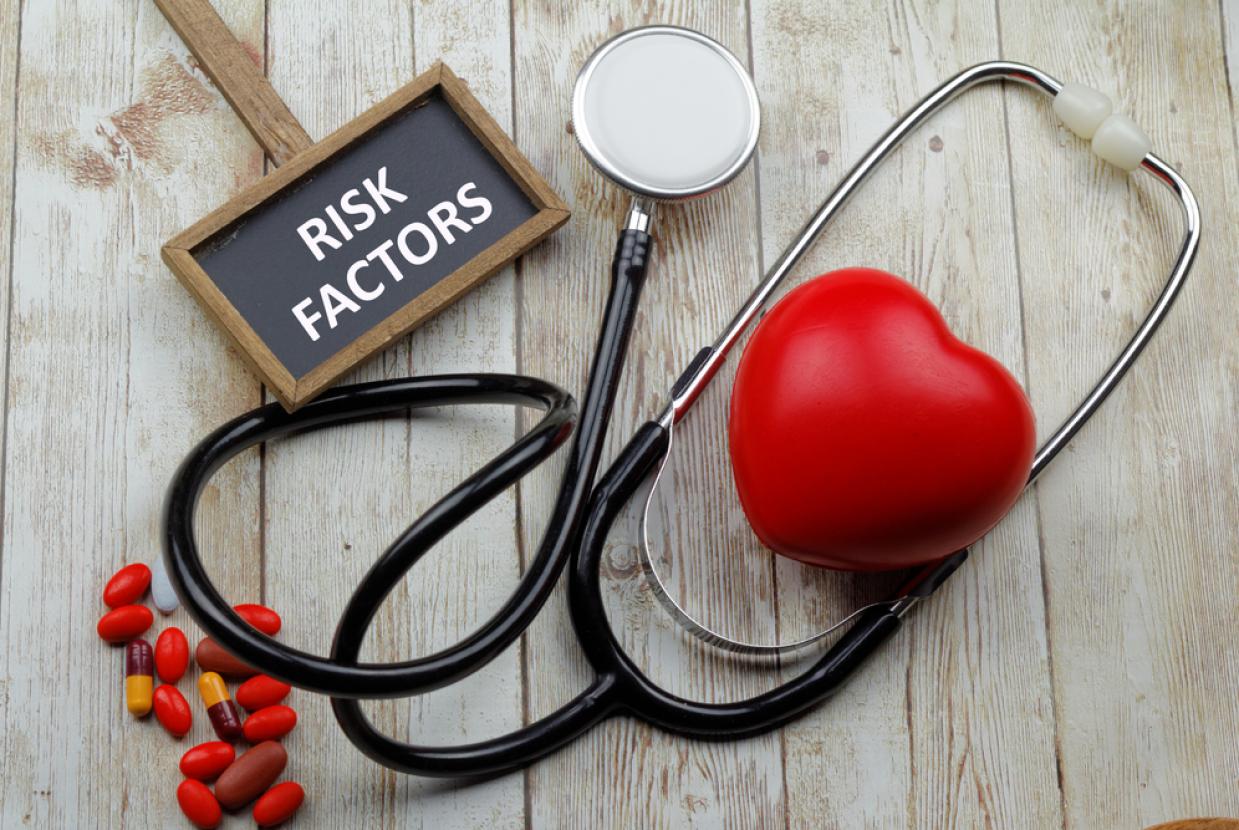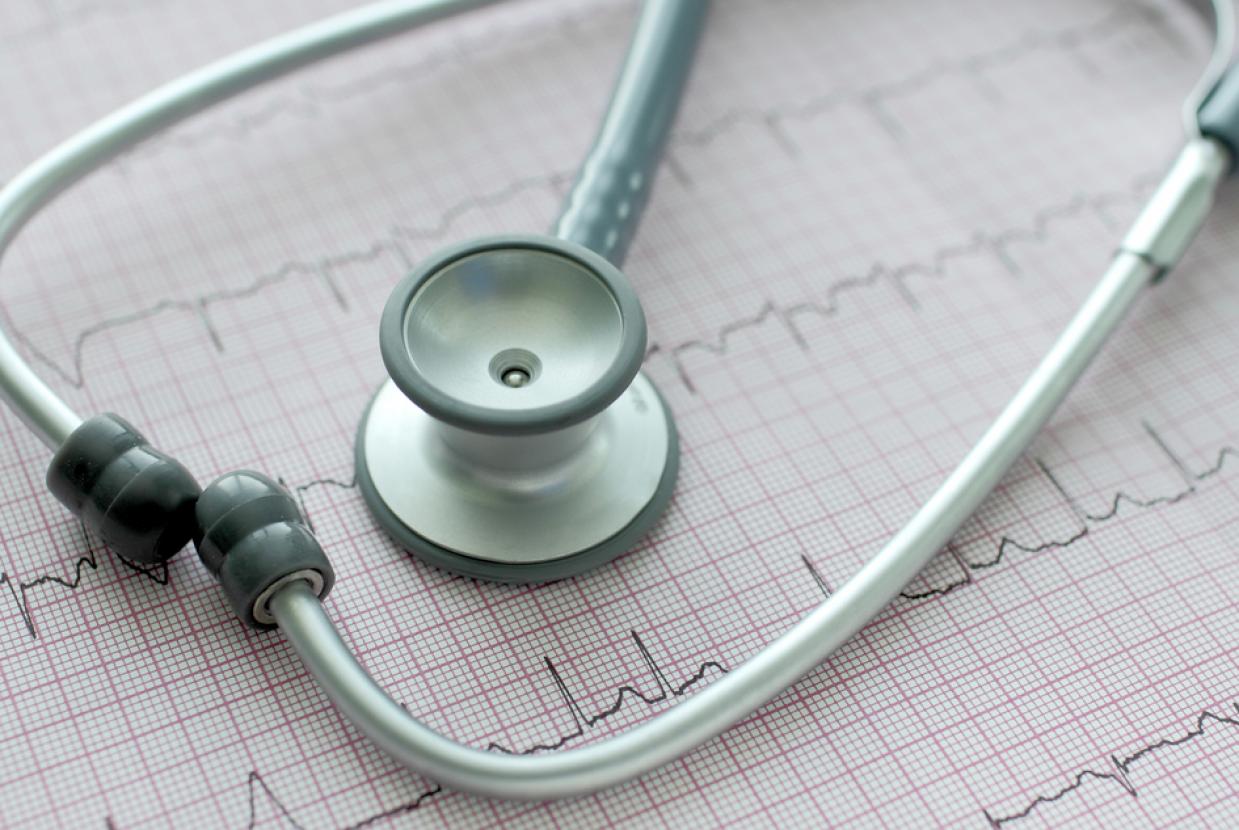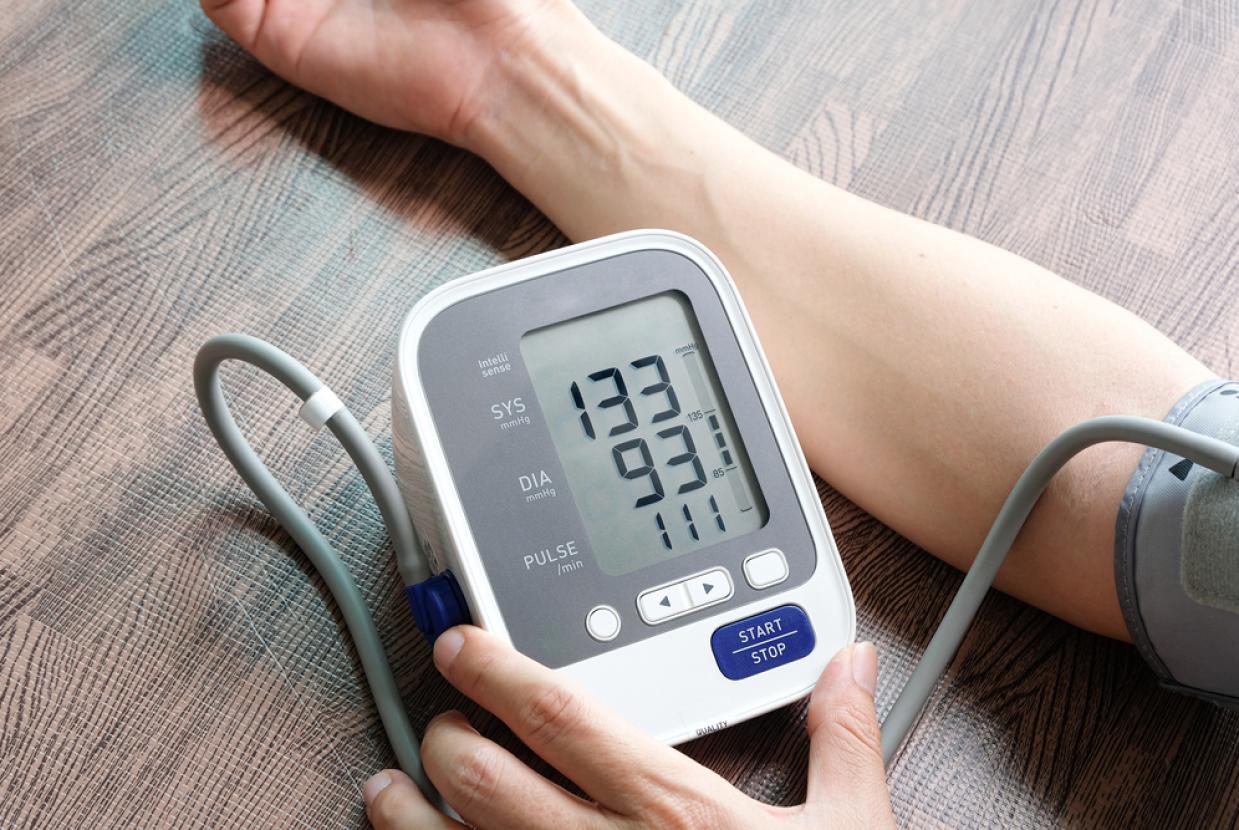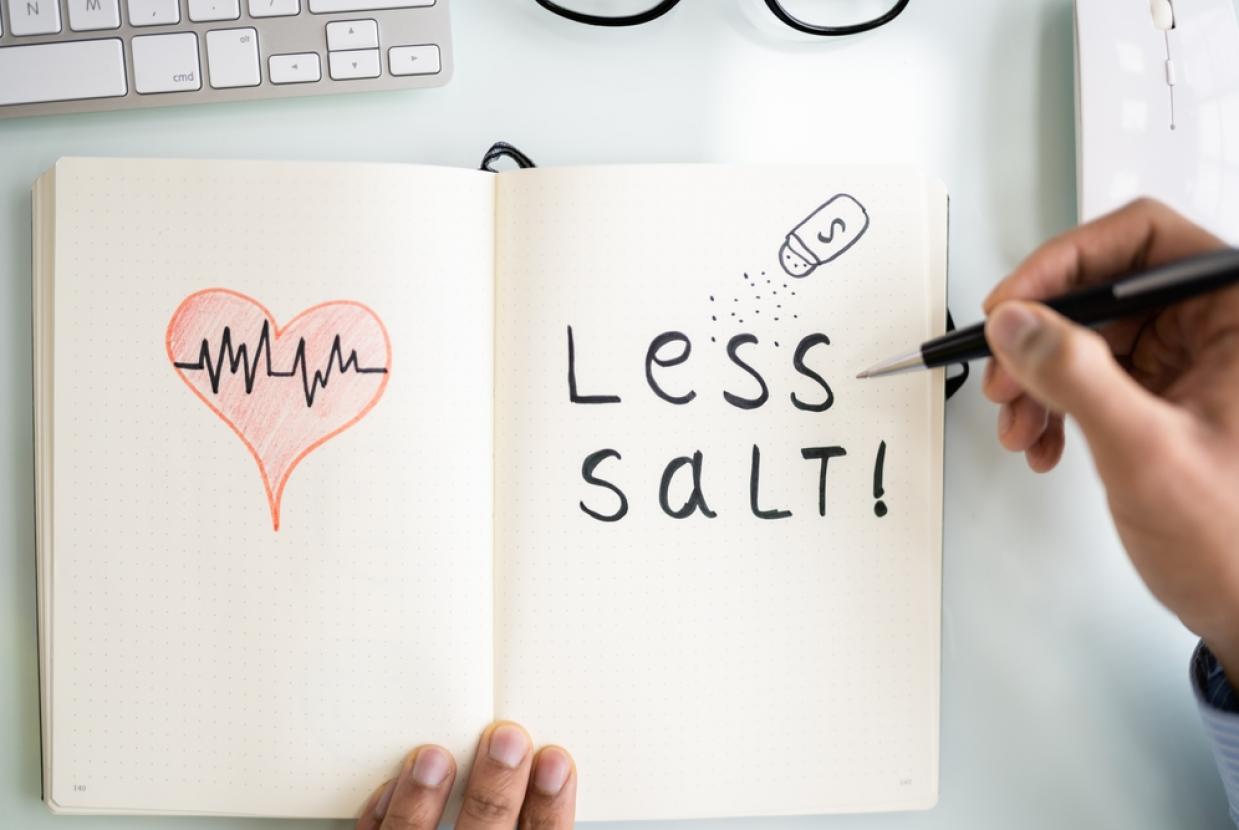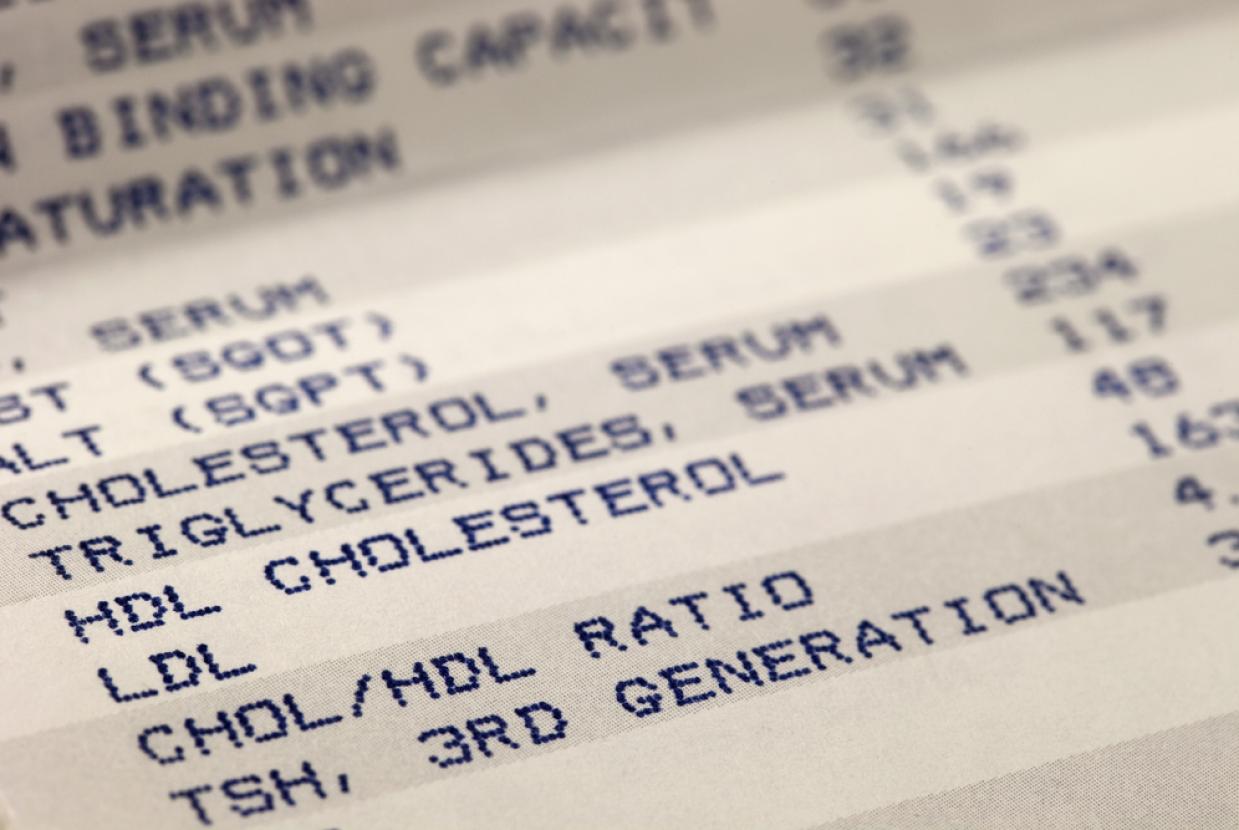Low Blood Pressure
Low blood pressure, also known as hypotension, is where blood pressure in your arteries is abnormally low. Naturally low blood pressure is unlikely to cause any symptoms and is normally nothing to worry about.
Symptoms of low blood pressure
If your blood pressure is naturally low, it's unlikely to cause any symptoms or require treatment.
However, low blood pressure can sometimes mean there's not enough blood flowing to your brain and other vital organs. This can lead to symptoms such as:
- dizziness or lightheadedness
- unsteadiness
- fainting
- blurred vision
- heartbeats that suddenly become more noticeable (palpitations)
- confusion
- feeling sick (nausea)
- general weakness
What to do if you have symptoms
If you think you may be experiencing an episode of low blood pressure, you should:
- stop what you're doing
- sit or lie down
- drink some water
The symptoms will usually pass after a few seconds or minutes.
When to see your GP
You should see your GP if you have frequent symptoms of low blood pressure. Your GP can measure your blood pressure and help identify any underlying causes of the problem.
All adults should have their blood pressure checked at least every five years. If you haven't had yours measured, or don't know what your reading is, ask your practice nurse or GP to check it.
About low blood pressure
The heart pumps a constant supply of blood around the body. The blood flows through different networks in the body, for example, arteries, veins and capillaries.
Blood pressure is a measure of the force of the blood on the walls of the arteries as the blood flows through them.
It's measured in millimetres of mercury (mmHg) and recorded as two measurements:
- systolic pressure – the pressure when your heart beats and squeezes blood into your arteries
- diastolic pressure – the pressure when your heart rests between beats
For example, if your systolic blood pressure is 120mmHg and your diastolic blood pressure is 80mmHg, your blood pressure is 120 over 80, which is commonly written as 120/80.
Normal blood pressure is between 90/60 and 140/90. If you have a sustained reading of 140/90 or more, you have high blood pressure (hypertension). This puts you at greater risk of developing serious health conditions, such as heart attack or stroke.
People with a blood pressure reading under 90/60 are usually regarded as having low blood pressure.
Why you might have low blood pressure
Low blood pressure (hypotension) has many possible causes, from lifestyle choices, to medication or an underlying health condition.
In some cases, it may just be the result of being healthy and active or a tendency you've inherited from your parents.
Throughout the day, it's normal for your blood pressure to vary depending on what you're doing. Stress at work, the temperature outside and your diet could all affect your blood pressure reading.
This is why it's important your blood pressure is checked under similar conditions each time to make sure results are consistent.
Check your blood pressure
The only way of knowing whether you have low blood pressure is to have a blood pressure test.
All adults over 40 years old are advised to have their blood pressure checked at least every five years. Getting this done is easy and could save your life. If you have problems with your blood pressure, it is likely your GP will advise more regular checks.
You can get your blood pressure tested at a number of places, including:
- at your GP surgery
- at some pharmacies
- in some workplaces
You can also check your blood pressure yourself with a home blood pressure monitor.
Treatment and self-help
Naturally low blood pressure doesn't usually need to be treated unless it's causing symptoms such as dizziness or recurrent falls. If it's causing symptoms, your GP will look at what the cause might be in case it can be treated.
There are also various things you can do to help limit symptoms of low blood pressure, including:
- standing up gradually and avoiding standing for long periods of time
- ensuring you are well hydrated
- wearing support stockings
- adding a little more salt to your diet
- eating smaller meals more often
- Low blood pressure (hypotension)






